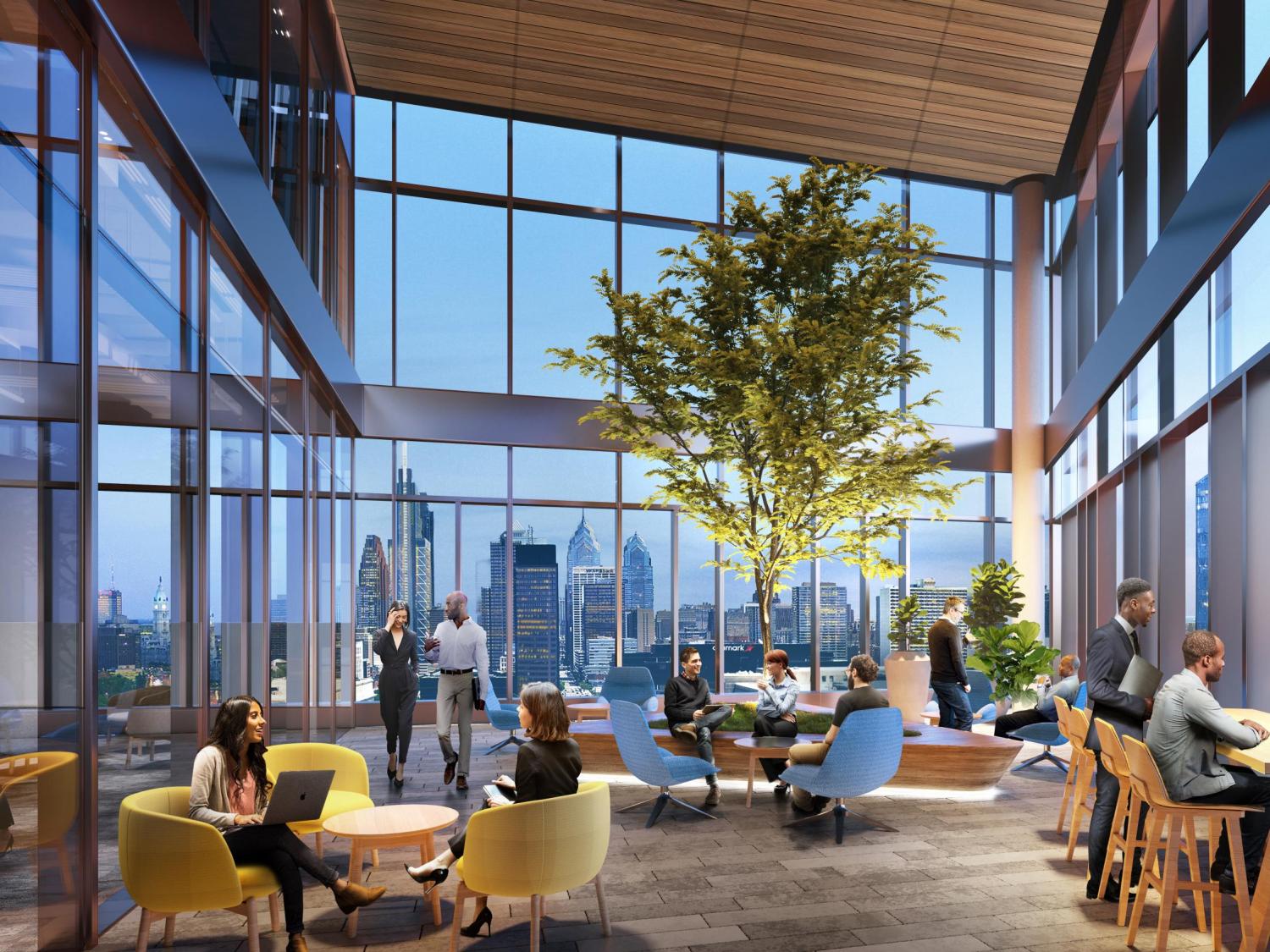

Design of Brandywine's proposed $300M Schuylkill Yards life sciences building takes shape
Design of Brandywine's proposed $300M Schuylkill Yards life sciences building takes shape
In an interview, Gensler Managing Director Doug Gensler shares his thoughts on what goes into the design of a research building that has both office and lab space and is competing with other buildings vying for similar tenants.
It will strike that long-term lease deal at 3151 Market St. with Drexel University, its partner on the campus and expects to begin construction based on market conditions and meeting a certain level of pre-leasing.
As demand for space by life sciences companies continues to rise amid waning interest in traditional office tenants, landlords are positioning new buildings and existing spaces that will be converted to capture some of those firms. One way they are doing that is through design.
In the case of Brandywine, the Philadelphia-based real estate investment trust enlisted Gensler as the architectural firm to design 3151 Market. In an interview, Managing Director Doug Gensler shared his thoughts on what goes into the design of a research building that has both office and lab space and is competing with other buildings vying for similar tenants.
In the case of Brandywine, the Philadelphia-based real estate investment trust enlisted Gensler as the architectural firm to design 3151 Market. In an interview, Managing Director Doug Gensler shared his thoughts on what goes into the design of a research building that has both office and lab space and is competing with other buildings vying for similar tenants.
You have lots of different activities going on in those buildings but you start with the core function – the lab spaces themselves. There is a lot of range depending on the type of science that is being done and you have to make sure you are not over or under engineering a building to meet their needs. Floor to floor we want to create buildings that are nimble. We want to design a building that never gets in the way of an evolving organization.
How are they structurally different than a typical office building? You have to look at the structural implications of a building. It’s not just floor loading but uses, vibration criteria and planning modules. You have to look at lab benching considerations and other functions that exist within these environments and lay it out in a way that is efficient and effective. You have scientists who are working with other parts of the business and we recognize companies need to build community and organizational culture. On any given day, a scientist may be spending time on the bench, in the office, meeting room, networking or training. We’re making sure we’re not over biasing one of those activities over another activity.
How is this like any other building you design? I think the expectation for work environments has risen significantly and I think high performing companies are recognizing they are important to recruit and retain talent. There is pressure on organizations to create a place to inspire them to be here, innovate and work together.